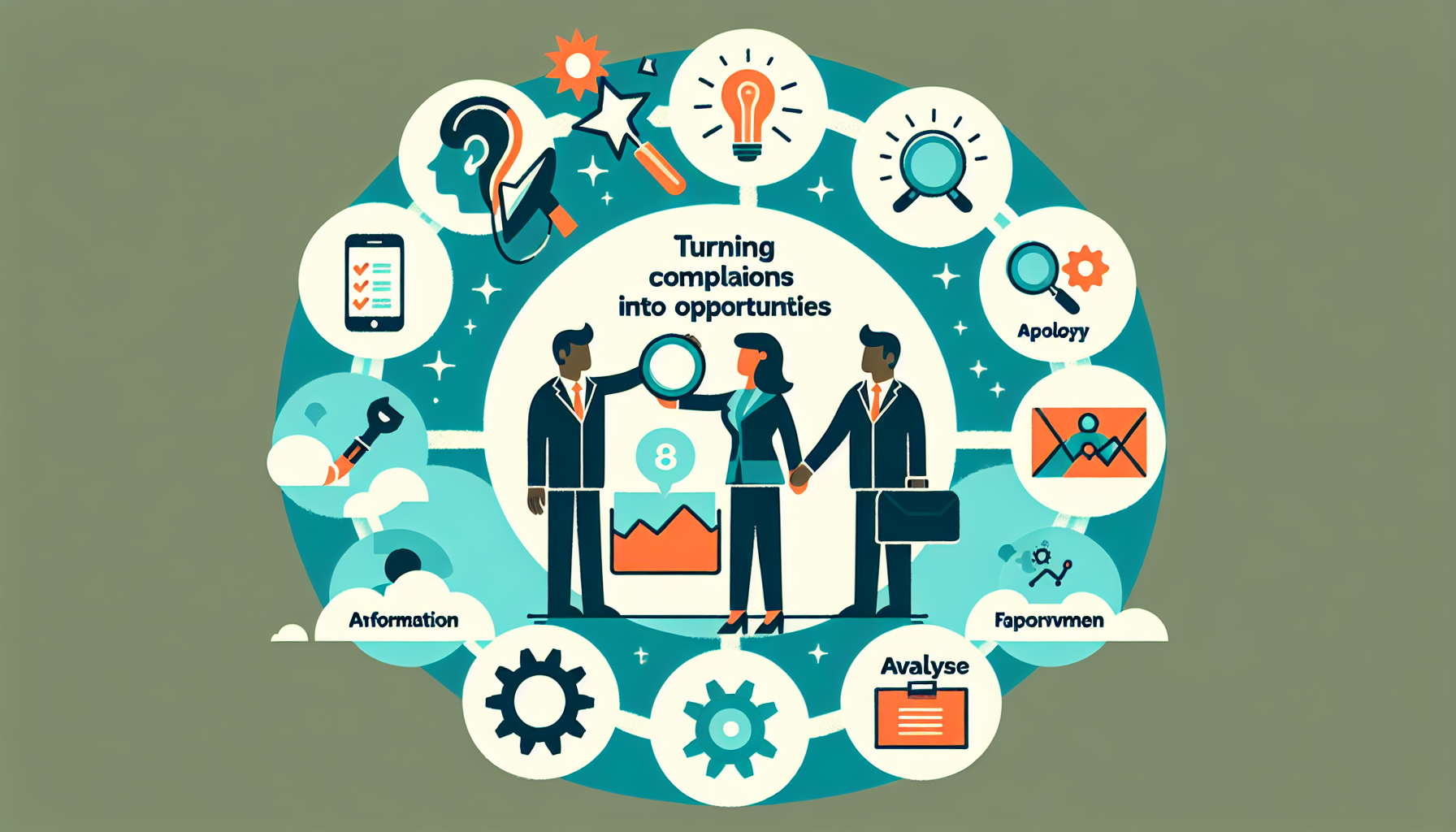Data visualization is a powerful tool for making complex data more accessible, understandable, and actionable. By transforming raw data into visual formats such as charts, graphs, and maps, you can uncover insights, communicate findings, and drive better decision-making. Here’s how to make data easier to understand through effective data visualization.
1. 瞭解你的受眾
The first step in effective data visualization is understanding your audience.
- Identify Stakeholders: Know who will be viewing the data and what their needs are. This could be executives, team members, or customers.
- Determine Objectives: Clarify what you want to communicate. Are you presenting trends, highlighting issues, or showcasing successes?
2. Choose the Right Visualization Type
Different types of data visualizations serve different purposes. Choose the one that best conveys your message.
- Bar Charts: Great for comparing quantities across categories.
- Line Graphs: Ideal for showing trends over time.
- Pie Charts: Useful for illustrating proportions and percentages.
- Heat Maps: Effective for showing data density and variations.
- Scatter Plots: Best for identifying relationships between variables.
3. Simplify and Focus
Keep your visualizations simple and focused to avoid overwhelming your audience.
- Remove Clutter: Eliminate unnecessary elements like excessive gridlines, labels, and colors.
- Highlight Key Data: Use color, size, and annotations to draw attention to the most important information.
- Use White Space: Adequate white space helps to keep the visualization clean and readable.
4. Use Color Wisely
Color can make your data visualization more effective, but it must be used wisely.
- Consistent Color Scheme: Use a consistent color scheme to help viewers quickly understand the data.
- Color Contrast: Ensure there is enough contrast between colors to differentiate between data points.
- Avoid Overuse: Too many colors can confuse viewers. Stick to a limited palette.
5. Incorporate Interactive Elements
Interactive elements can make data visualization more engaging and informative.
- Tooltips: Allow users to hover over data points to get more detailed information.
- Filters: Enable users to filter the data to see specific subsets of information.
- Drill-Downs: Provide the option to drill down into more detailed views of the data.
6. Provide Context
Context is crucial for helping your audience understand the data.
- Titles and Labels: Use clear titles and labels to explain what the data represents.
- Annotations: Add annotations to highlight significant data points or trends.
- Reference Points: Include benchmarks or reference lines to provide a basis for comparison.
7. Test and Iterate
Test your visualizations with a sample audience and iterate based on feedback.
- User Feedback: Gather feedback on clarity, usability, and effectiveness.
- Adjustments: Make necessary adjustments to improve understanding and engagement.
- Continuous Improvement: Regularly update your visualizations as new data becomes available or as the audience’s needs change.
結語
Data visualization is an essential skill for making data easier to understand and act upon. By understanding your audience, choosing the right visualization type, simplifying and focusing your visuals, using color wisely, incorporating interactive elements, providing context, and testing and iterating, you can create compelling and effective data visualizations that drive better decision-making and insights.



